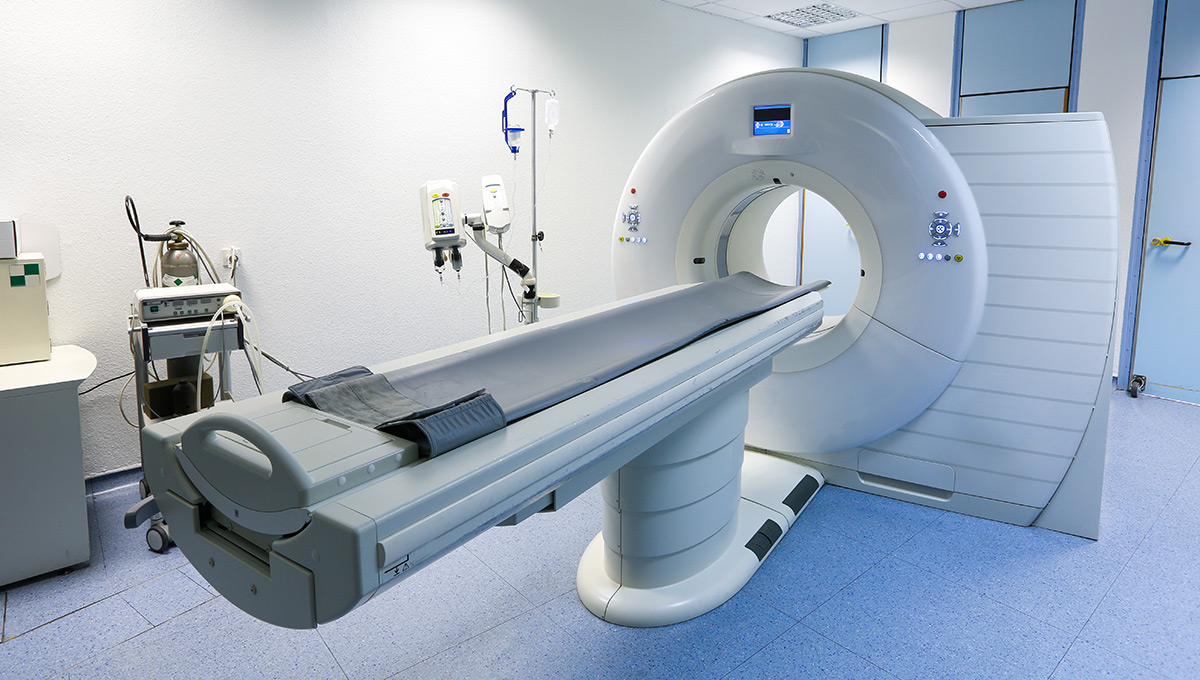By Tyrone Burke
Give it to me straight, Doc. How much time do I have left?

John Oommen, Chancellor’s Professor in Carleton’s School of Computer Science
For patients facing a terminal cancer diagnosis, this question is critically important. But most of the time, patients don’t get a straight answer. Cancer is complicated, and doctors are hesitant to predict whether a patient will live a few years—or only a few months.
“Diagnosing cancer is relatively simple, but it is a much more difficult problem to estimate how much time a patient will have after the diagnosis,” says John Oommen, a chancellor’s professor in Carleton’s School of Computer Science.
A cycle of chemotherapy or radiation can be draining and difficult, and a patient who knows they don’t have much time left may choose to forego these treatments altogether. Oommen wants to help people make informed choices whenever they can.
Working with then graduate student Tahira Ghani, he developed a technique that analyzes Computed Tomography (CT) scans to predict how much longer lung cancer patients will live.

Estimating Windows of Survival
In research that garnered accolades at the 17th International Conference on Image Analysis and Recognition, Oommen and Ghani analyzed chest scans of adenocarcinoma patients. This common form of lung cancer can be treatable, but some patients succumb within a few months of diagnosis.
Oommen and Ghani began with three-dimensional scans of the patients’ chests and took the novel approach of analyzing two-dimensional ‘slices’ of those scans. They hypothesized that the irregularity of a tumour’s shape carried information about its severity, and could serve as an indicator of a patient’s remaining lifespan. Then, they created an algorithm that measured the shape of each slice of a tumour on a two-dimensional plane, and compared that information to the shapes of tumours in previous patients with known outcomes.
By correlating these measurements, they were able to predict approximately how much longer a patient would live. It was not a precise measurement, but rather an estimated window of survival, and results were grouped into four categories, ranging from three to 24 months.
With more than 25,000 lung cancer diagnoses in Canada each year, Oommen and Ghani’s findings raise the question of why physicians have never picked up on the correlation between tumour shape and patient outcomes before. And Oommen acknowledges that he does not completely understand it either.
“I’m not a medical doctor, and when we started this research, we did not know what indicators we should look for,” says Oommen.
“It appeared as if measurements of the shape of the tumour could be important, even though they can’t be interpreted with the naked eye. While the tumours were irregular, there was some type of pattern within these abnormal growths.”
Oommen says the patterns weren’t self-explanatory. “We took some investigatory shots-in-the-dark to stumble on this phenomenon.”

Tailoring Treatments
Pattern recognition algorithms have also been used to diagnose cancer. Patterns can reveal the answer to a binary question: does this patient have cancer? However, the question of how long a patient will live after treatment is much more nuanced.
“The reason it is so important to estimate how much life a patient will have after treatment is because treatments can be tailored based on this information,” says Oommen.
These findings could have implications beyond adenocarcinoma as well. Similar techniques might also be used to make predictions about other tumour-based cancers like those of the prostate, breast and brain. Already, this work is underway. Oommen and Ghani have linked up with researchers from Queen’s University, Nitya Kuruvila and physician Dr. Omar Islam, to explore whether these techniques can predict the survival times of people with a brain cancer diagnosis.
While the exact reason behind the correlation of tumour size and lifespan is not known, the researchers are hopeful their work could one day help patients better understand their options as they near the end of their lives—and give them some peace of mind.
“Someone might want more aggressive treatments if they are going to live for three years. But may opt to avoid these if they are going to live for only three months,” Oommen says.
“I want patients to be able to know how the cancer will develop, so that they know when to concentrate more on quality of life, rather than having to go through a chemo treatment every two weeks. I want doctors and patients to be able to work together to be able to make these life-changing and crucial decisions.”
Tuesday, April 19, 2022 in Computer Science, Health, Research
Share: Twitter, Facebook



